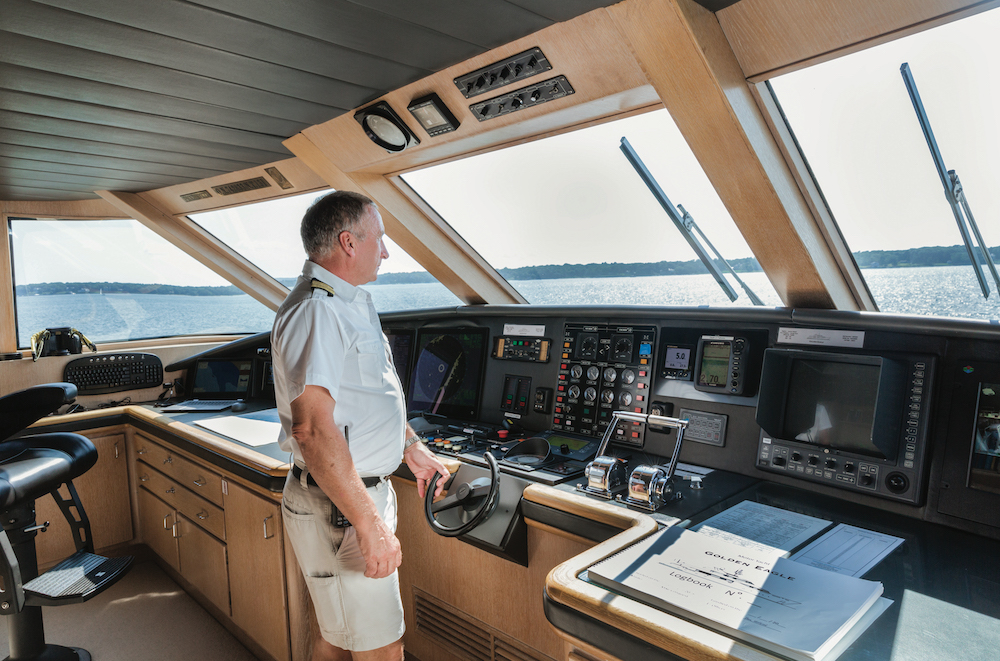Then and now
The Superyacht Report speaks with two longstanding superyacht captains about how the industry has changed…
For any who have been around the superyacht industry for a substantial period of time, it is clear that a number of changes have altered the very foundations of the industry. Indeed, it is almost unbelievable how much the market has changed within a relatively small period of time. While yachting as a pastime has been around for centuries, the professional yachting market has only existed in earnest for around 20 years. We speak with two captains who joined the superyacht industry in the late 1990s to discuss how the industry has changed between now and then.
“I joined the industry straight out of university in 1997,” starts Tom Jones, captain of 90m Benetti built M/Y Lionheart. “Thankfully I had a family member in the industry who was a first mate on a yacht at the time. I bumped into this friend one Christmas having barely ever seen him before because he had been yachting his whole life. I was doing my post-university gap year, as opposed to the typical pre-university stint, and he explained to me what he did and I thought it sounded rather fun and expressed interest. Months later, having done some more travelling, he contacted me and asked if I would like to join the boat he was working on. I was on board the very next day and I haven’t been unemployed since – this boat was Southern Cross III.”
Jones’ entry into the superyacht market coincides with the introduction of the Large Yacht Code (LYC) in 1998, which, for many signals, the beginning in earnest of the professional superyacht industry. This is not to say that the build standards and professional standards upheld on many superyachts at the time were not of the highest order. However, for the first time commercially active superyachts over 24m had a set of safety standards and pollution prevention measures that they were required to adhere to.
“Although the standards in 1997 were far less stringent than they are today, it all seemed very serious to me because it was all new and I was rather wide-eyed at the time, so to a certain extent it was all happening around me,” continues Jones. “Southern Cross III was chartered; we took her out for a couple of seasons and towards the end of the second season we were told that we would need to bring her up to LYC standards. We started delving through the code and did a large wintering period in MB92 in Barcelona. I was told by the captain at the time that we were in fact the first yacht at the time to pass LYC retrospectively. If we weren’t the first, we were certainly among the forerunners. It was a fascinating time because it was so fresh and everyone was interested in this big change.”
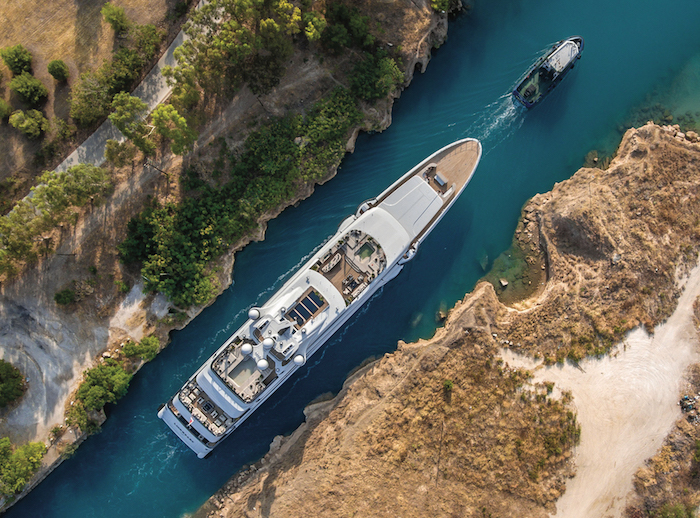 Lionheart
Lionheart
While the industry in 1997 and the industry today may seem like night and day, 23 years in the grand scheme of global business is only the blink of an eye. Indeed, today you still hear many a stakeholder lamenting the days when one could complete the purchase of a superyacht with a minimalist contract and a bag full of cash, or indeed waxing lyrical about the freedom and lack of red tape that was commonplace when the market was still juvenile.
“I joined the industry around 20 years ago,” starts Mike Conquest, captain of 43m Picchiotti-built M/Y Golden Eagle. “My first role in the superyacht industry was on board a 30m where I was the captain and manager. Something as standard as an annual survey today is a really big task, whereas in those days you could breeze through it very quickly. Port regulations were relaxed; you could anchor anywhere you wanted, whereas today you absolutely can’t. A number of countries have really tightened up on their restrictions in order to protect the local flora and fauna. To go into harbor used to be incredibly easy, now you have to send far more information, they want insurance and crew lists before you even book a berth, let alone get there. That being said, I absolutely see the value in these changes. The industry in a relatively small period of time has become far more professional, and the hoops that we are required to jump through go some way towards legitimising yachting as a business.”
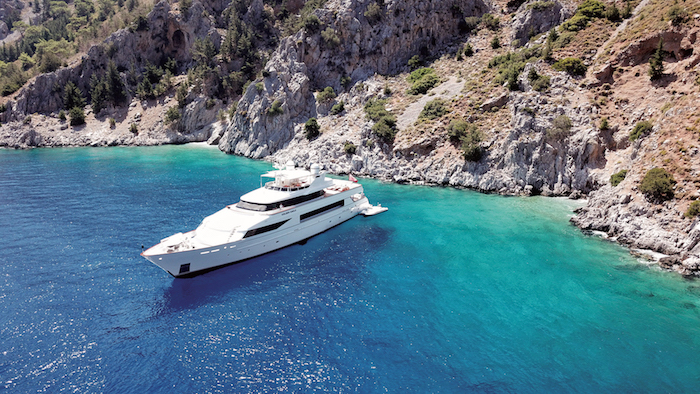 Golden Eagle
Golden Eagle
When new regulations come into force there are always certain factions that bemoan change and wince at the idea of administrative burden and the perceived limiting of freedoms. However, for those individuals that still believe an unregulated market is preferable, one needs only to look at the size and complexity of the vessels, as well as the size of the industry itself. With 60m-plus superyachts no longer a rarity and popular marinas at capacity, the happy-go-lucky days of simply turning up on a whim are now an impossibility.
“Southern Cross III was 55m and was considered a very big boat in those days. However, one of the major changes to occur to the industry over the past 20 years is that the average size of the vessels has grown enormously,” explains Jones. “In terms of size, it actually makes very little difference; if anything, everything happens a little bit slower, which makes it easier to manoeuvre in a way. However, in terms of technological advancement, the majority of large superyachts will have a bow thruster and some stern thrusters. These days you can put pretty much all of the technology that you need on almost any size of superyacht.”
As well as a vast improvement in manoeuvring technology, superyachts have been swept up in the technological explosion that has characterised the world’s development over the last two decades. While access to the internet was rare and limited in terms of its speed and effectiveness in the late ’90s, it is today considered essential for all manner of operational and entertainment systems, from AV/ IT to navigation systems and remote monitoring of various appliances and mechanical systems, not to mention it being vital for the mental well-being and entertainment of guests and crew through access to social media and streaming services.
“Without doubt, in the last few years, the technological side of things has grown exponentially."
“Without doubt, in the last few years, the technological side of things has grown exponentially,” explains Conquest. “Everyone on board requires Wifi today, whereas 20 years ago you might have only had it in port. You certainly didn’t have it all the time and if you did it was a fairly slow and extremely expensive satellite service. Technology aside, however, one of the things that really surprises me about how the industry has developed is that the design of yachts has come on in leaps and bounds aesthetically and yet, from a personal perspective, some of the modern designs haven’t given a lot of thought to the vessel’s usage from a captain and crew perspective. Superyachts today are certainly no easier to look after, keep clean and service.”
While there have always been adventurous superyacht owners, when the yachting market was developing it was, for the most part, a regional pastime and hobby, with the vast majority of owners keeping yachts locally and using them only within their near-abroad. In addition to this, yachting was primarily the pastime of individuals that had experience sailing or an affinity to the sea that stretched from childhood. While these facts remain true of many superyacht owners today, the vast explosion in wealth and ultra-high-net-worth individuals over the last 20 years has seen many wealthy individuals, with no previous sailing or yachting experience, stepping into the market as their vast sums of wealth enable the purchase of a superyacht to be another tick-box exercise on their never-ending list of luxury possessions.
The generation of new wealth has perhaps been a large contributing factor to the growing size of superyachts and indeed a lessening for the awareness of captain and crew issues – especially on smaller superyachts. When owners have little experience of life at sea, but a long list of demands for their personal use of the vessel, crew considerations may perhaps fall by the wayside as designers and shipyards look to pander to the desires of owners. It is, therefore, fortunate that regulations like the Maritime Labour Convention (MLC), which came into force in 2013, have cast far greater light on the needs of crew. The MLC set out minimum standards for seafarers to work on a ship, including superyachts.
“It’s a good job the MLC came along, otherwise crew would have missed out massively as, to be honest, 10 years ago some superyachts were being designed and built with incredibly slim crew facilities,” comments Conquest. “This focus on crew has also been reflected in the level of training available today.”
“In terms of qualifications there is no arguing, the level of theoretical knowledge on the part of the crew today is so much higher. You know that everyone within a certain position will at least have a minimum standard of knowledge and that could certainly not have been said of how bosuns, mates and captains were in the old days,” adds Jones. “That is not to say that they were bad captains and so on. Far from it, they were very practical and knowledgeable, with a great deal of first-hand experience, but it is still possible to get this today with the addition of being formally qualified. We know a great deal more today about how stability works and we have a formal approach to meteorology and everything else that was previously learned on the fly. Everyone on board Lionheart has [trodden] the formalised steps and we have a really strong theoretical background on board.”
“In terms of qualifications there is no arguing, the level of theoretical knowledge on the part of the crew today is so much higher."
One of the major differences on board superyachts today compared to yachting in the late ’90s and early 2000s, as a by-product of the increasing complexity of the yachting regulatory environment, is the role of the captain on board. Whereas the role of a superyacht captain was primarily concerned with the physical operation of the vessel, today’s captains have a far more administrative role.
“The actual driving time for a captain, depending on the boat, is actually a single percentage figure; the rest of the time is spent on managing the boat,” continues Jones. “On Lionheart Camper & Nicholsons International look after our ISM, otherwise we are completely self-managed. I personally do all of the accounts with our purser, so a very large portion of my time is spent doing accounting, with another large portion spent doing crew management. Crew management implies that there are issues with the crew, which is not at all the situation. They are a well-established bunch and we have exceptional longevity. It is just the number of small things that need doing and this is certainly a result of growing vessel size. On Lionheart we have a complement of 31; that is the size of a small business.”
The professionalisation of the superyacht industry has moved at exponential speed over the past 20 years and while some see the imposition of regulations and standards as a factor to be bemoaned, it can only be for the betterment of the market. In a global environment where the microscope is being increasingly aimed at UHNWIs, those very people on which the market relies, it is more important than ever that the Ts and Is that exist are crossed and dotted. If it were not for the market’s rapid development, it would simply be untenable in the modern world.
This is an article originally published in issue 202 of The Superyacht Report. To access the full library, please click here.
NEW: Sign up for SuperyachtNewsweek!
Get the latest weekly news, in-depth reports, intelligence, and strategic insights, delivered directly from The Superyacht Group's editors and market analysts.
Stay at the forefront of the superyacht industry with SuperyachtNewsweek
Click here to become part of The Superyacht Group community, and join us in our mission to make this industry accessible to all, and prosperous for the long-term. We are offering access to the superyacht industry’s most comprehensive and longstanding archive of business-critical information, as well as a comprehensive, real-time superyacht fleet database, for just £10 per month, because we are One Industry with One Mission. Sign up here.
Related news
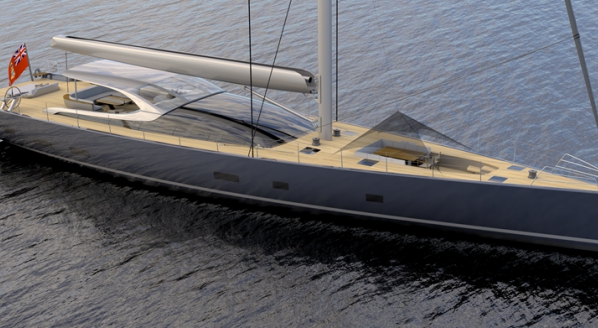
MMYD unveils new concept for charter market
The 38m sailing yacht concept has been specifically designed to fill a gap on the charter market
Design
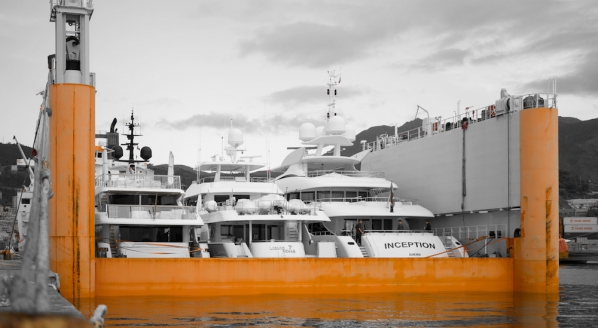
Infrastructure in transit
We speak to DYT about how the yacht transport market needs to develop in tandem with the new build market
Fleet
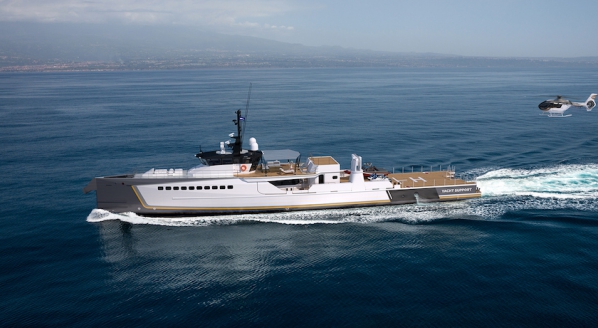
Flexibility, efficiency and experience
The Superyacht Report compares three distinct case studies to evaluate the true utility of the ‘support vessel'
Fleet
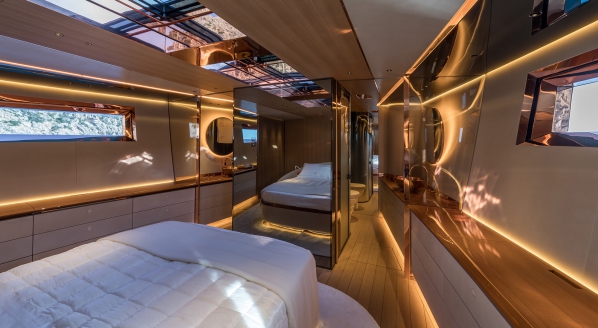
The perfect relationship
List GC on how the company manages the complex relationship between yard, designer and interior outfitter
Design
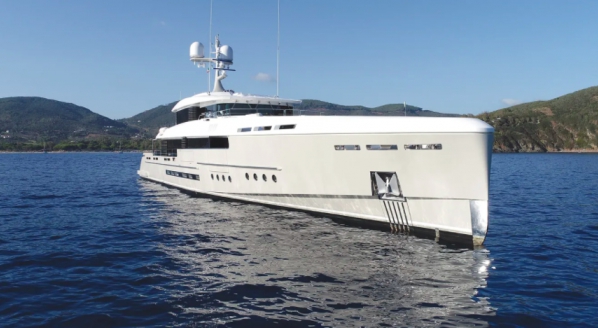
SuperyachtNews weekly fleet summary
A succinct summary of new-build and brokerage market activity in the last week
Fleet
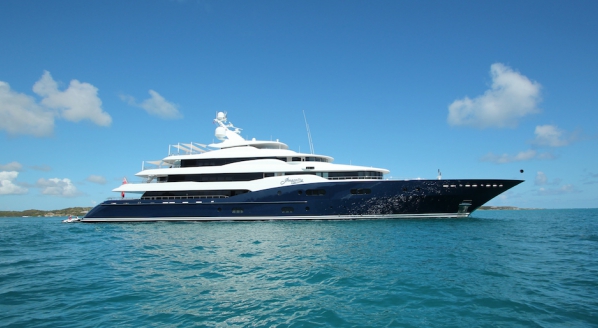
UK charters available with Hill Robinson
Amaryllis and Hyperion available for charter in the UK with Hill Robinson
Fleet
Related news
MMYD unveils new concept for charter market
5 years ago
Infrastructure in transit
5 years ago
Flexibility, efficiency and experience
5 years ago
The perfect relationship
5 years ago
SuperyachtNews weekly fleet summary
5 years ago
UK charters available with Hill Robinson
5 years ago
NEW: Sign up for
SuperyachtNewsweek!
Get the latest weekly news, in-depth reports, intelligence, and strategic insights, delivered directly from The Superyacht Group's editors and market analysts.
Stay at the forefront of the superyacht industry with SuperyachtNewsweek


